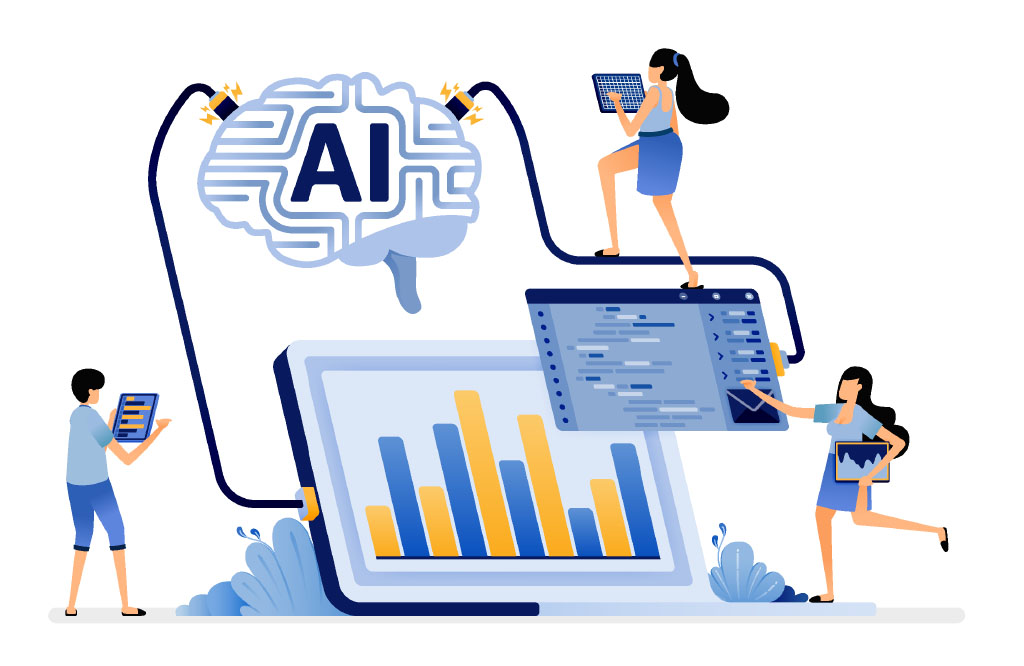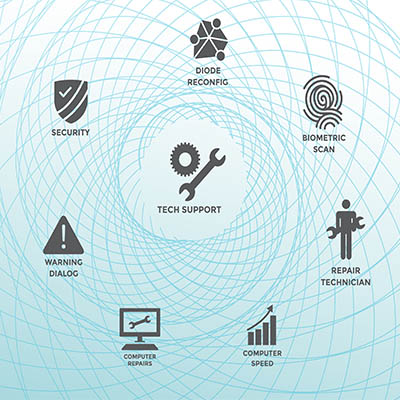AI is a marvel of modern civilization—at least, that’s the narrative surrounding this quickly innovative technology. It is reshaping industries, building more efficiency throughout society, and opening up new opportunities for businesses of all types and sizes. This month, we’ll examine some of the factors that have led to AI’s fast-paced evolution and how it is shifting the way people think about business technology.
Data at the Heart of AI Evolution
One key driver behind AI’s rapid progress is the massive influx of data. With the digital age in full swing, we generate an astronomical amount of data daily. This data is the lifeblood of machine learning algorithms, enabling AI systems to learn and adapt. The more data available, the more accurate and sophisticated AI models become.
Advancements in Algorithms
AI is powered by intricate algorithms that process data, identify patterns, and make predictions. Over the years, researchers and engineers have developed more sophisticated algorithms, allowing AI systems to handle complex tasks and provide more accurate results. Deep learning, a subset of machine learning, has played a pivotal role in pushing the boundaries of what AI can achieve.
Increased Computing Power
The growth of AI is closely tied to the exponential increase in computing power. High-performance GPUs (Graphics Processing Units) and TPUs (Tensor Processing Units) have accelerated the training of complex neural networks. Cloud computing services have also made powerful computing resources more accessible, allowing researchers and businesses to experiment and innovate without the need for massive infrastructure investments.
Open Source Collaboration
The open-source community has played a crucial role in building better collaboration and accelerating AI development. Platforms like TensorFlow and PyTorch provide accessible frameworks for researchers and developers to build upon each other’s work, creating a dynamic environment where innovations can quickly spread and evolve.
Interdisciplinary Integration
AI innovation benefits from the intersection of various disciplines, including computer science, neuroscience, mathematics, and more. Researchers are increasingly collaborating across these fields, leading to a more holistic approach to AI development. This interdisciplinary integration improves creativity and provides much broader perspectives on problem-solving.
Real-world Applications
The rapid adoption of AI in real-world applications has driven its accelerated growth. Industries such as healthcare, finance, manufacturing, and transportation leverage AI to optimize processes, enhance decision-making, and drive innovation.
Ethical Considerations and Regulation
The ethical considerations surrounding AI have prompted increased attention and some regulation. As societies grapple with AI’s potential risks and benefits, governments and organizations are taking steps to ensure responsible development and deployment. This heightened awareness is pushing the industry to innovate within ethical boundaries.
For more information about technology and innovation, give the IT experts at North Central Technologies a call at 978-798-6805.







